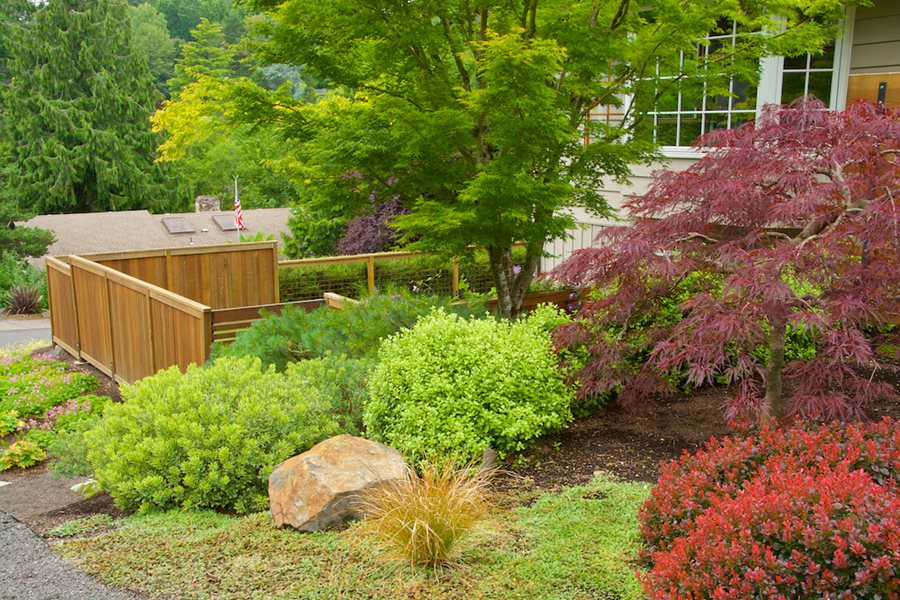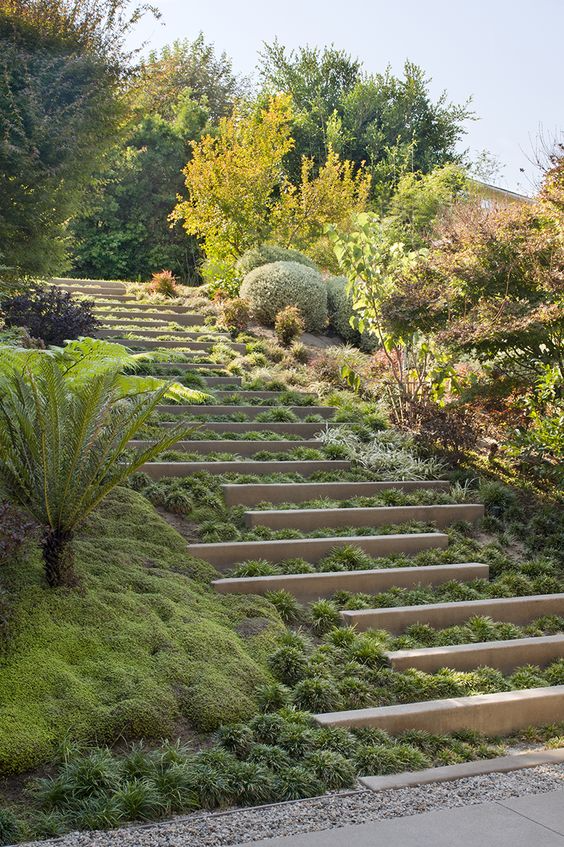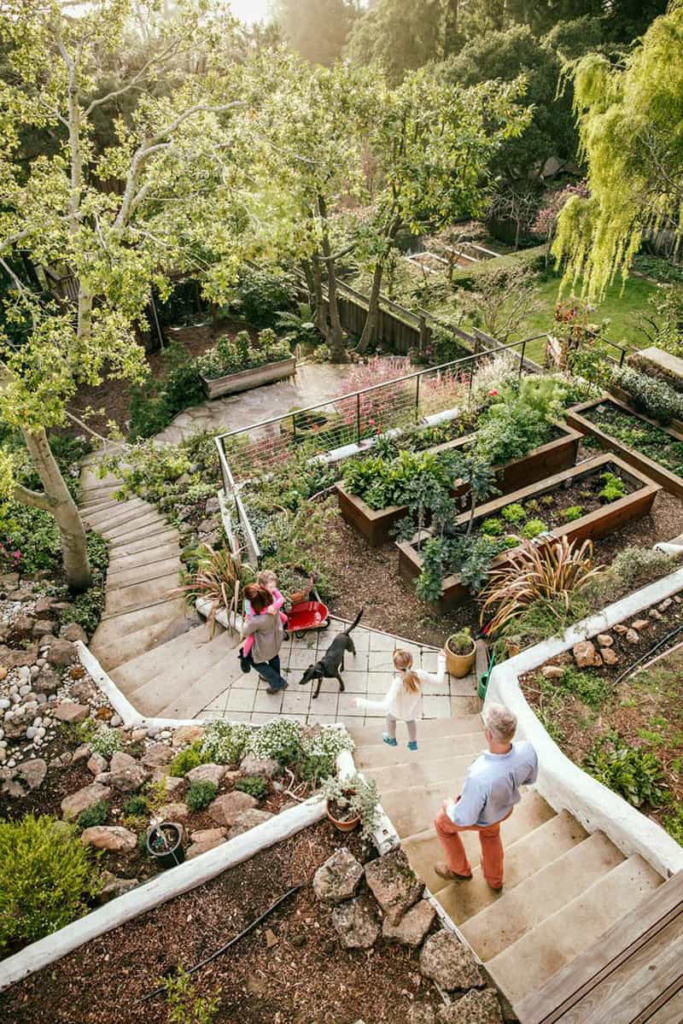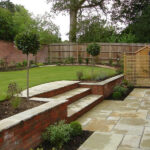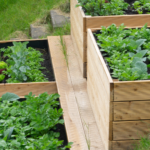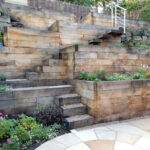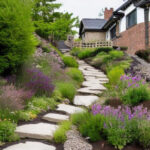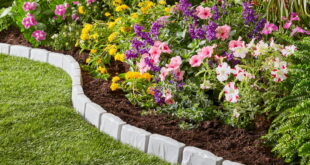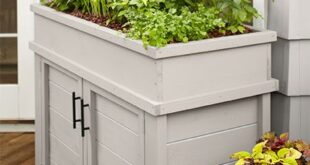Gardening on a slope can present a unique set of challenges and opportunities for gardeners looking to design a beautiful and functional outdoor space. With the right planning and design strategies, a sloped garden can be transformed into a stunning landscape that maximizes the use of space and creates a visually appealing setting.
One of the first considerations when designing a garden on a slope is to assess the grade of the slope and determine how to best utilize the different levels and angles. Terracing is a common technique used to create multiple flat areas on a slope, allowing for easier access and maintenance of the garden. Retaining walls can also be built to help stabilize the soil and prevent erosion, while also adding visual interest to the landscape.
Incorporating plants that thrive in sloped conditions is essential for a successful garden design. Plants with deep root systems, such as shrubs, trees, and ground covers, can help to retain moisture in the soil and prevent erosion. Choosing plants that are well-suited to the specific microclimate of the slope, such as those that tolerate full sun or shade, will also contribute to the overall health and beauty of the garden.
To enhance the visual appeal of a sloped garden, consider incorporating elements such as pathways, stairways, and seating areas that are designed to blend seamlessly with the natural contours of the landscape. Adding focal points, such as a water feature, sculpture, or garden structure, can help draw the eye and create a sense of cohesion throughout the space. Lighting can also play a key role in highlighting the unique features of a sloped garden and creating a welcoming atmosphere during the evening hours.
When designing a garden on a slope, it is important to consider the practical aspects of maintenance and accessibility. Installing irrigation systems, such as drip irrigation or soaker hoses, can help ensure that plants receive adequate water without causing erosion. Creating designated areas for planting and mulching can make it easier to navigate and care for the garden, while incorporating steps, handrails, and other safety features can help prevent accidents and injuries.
By carefully planning and designing a garden on a slope, gardeners can create a dynamic outdoor space that showcases the natural beauty of the landscape while maximizing its potential for growing a wide range of plants. With the right combination of techniques and strategies, a sloped garden can become a focal point of the property and provide years of enjoyment for homeowners and visitors alike.
